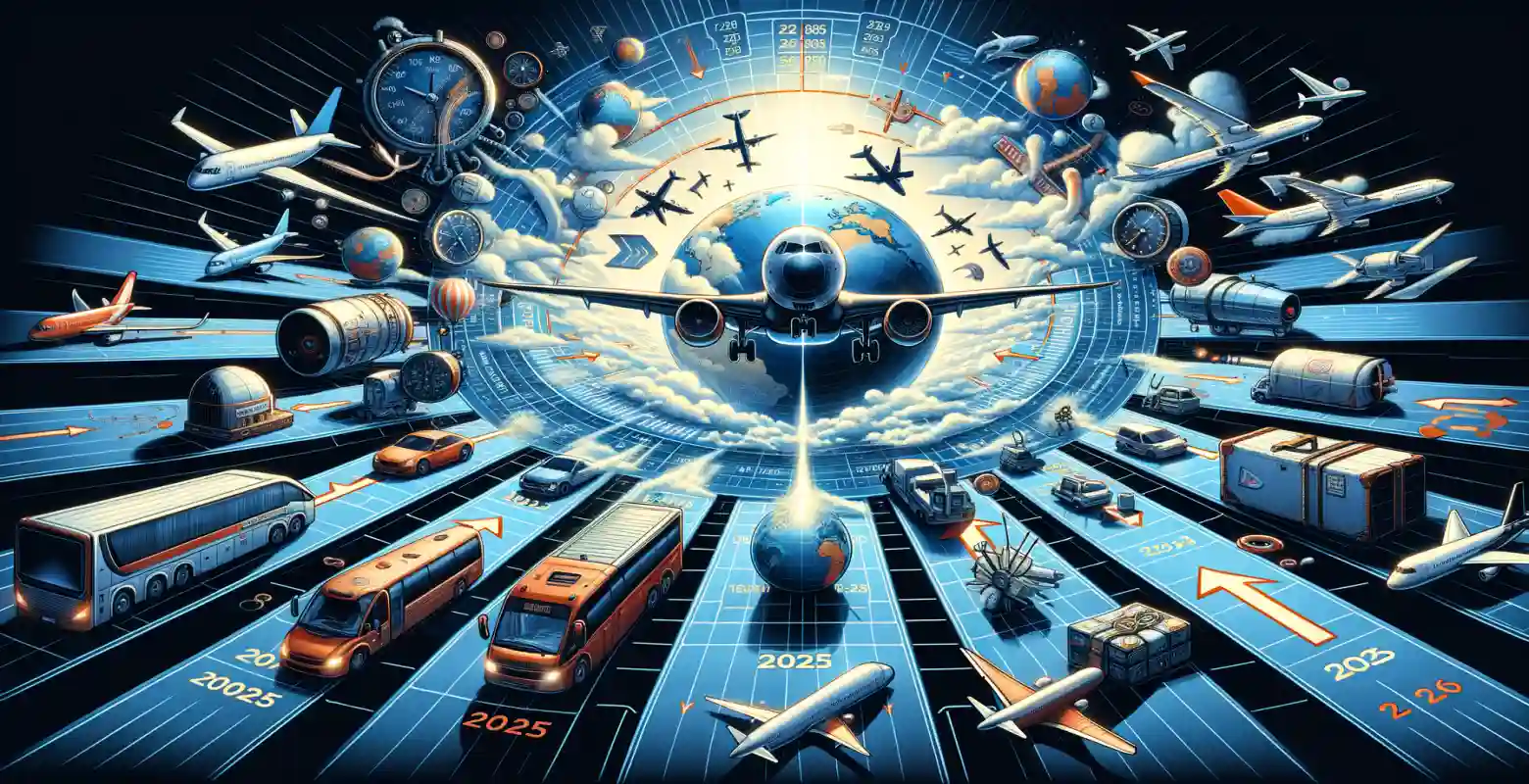Changes in regulations regarding aviation safety in 2025
Introduction
Aviation security is one of the key aspects of modern transportation that affects millions of passengers worldwide. In the era of globalization and increasing number of air connections, ensuring the highest security standards is not only a necessity but also a duty. Therefore, changes in the regulations regarding aviation security, which will come into effect in 2025, represent a significant step towards enhancing the protection of passengers and crews. In this article, we will examine in detail what innovations these regulations will bring, why they are being introduced, and what consequences they may have for the aviation industry.
New regulations regarding security checks
One of the main areas influenced by the new regulations is security checks at airports. The new regulations foresee the implementation of advanced scanning technologies to increase the accuracy and speed of checks. Among them is 3D technology for analyzing carry-on luggage, which allows for a more detailed inspection without the need for physical searching of bags.
Modern technologies and their applications also include biometrics, which aims to simplify the passenger identification process. By utilizing facial recognition, airlines will be able to verify passengers' identities faster and more accurately, reducing waiting times in queues and enhancing the efficiency of check-ins.
Enhanced protection against cyber attacks
In the age of digitalization, cybersecurity is an equally important element of aviation protection. The new regulations emphasize securing IT systems against potential cyber threats. Airlines and airports will be required to conduct regular security audits and update their systems to prevent cyber attacks that could jeopardize the integrity of passenger data and flight operations.
Challenges related to the implementation of new technologies may include costs and the need for staff training. However, these investments are necessary to ensure that aviation systems are resilient to modern threats.
Changes in crew and ground staff training
Another significant aspect of the new regulations is the increased training requirements for flight crews and ground staff. The new training standards cover not only traditional safety aspects but also skills for handling crisis situations and communicating with passengers in emergencies.
The introduction of VR simulators in training aims to better prepare crews to operate in extreme conditions, thereby enhancing passenger safety. These trainings will need to be regularly updated to keep crews up to date with the latest procedures and technologies.
Impact on passengers and airlines
While new regulations may entail higher operational costs for airlines, they also present an opportunity to improve passenger service quality. Shorter check-in times, increased check accuracy, and enhanced personal data security are just some of the benefits that travelers may experience.
On the other hand, airlines may gain increased reputation and customer trust, which could lead to financial benefits in the long run. The introduction of new technologies and procedures may also contribute to enhancing operational efficiency, which is crucial in the competitive aviation industry.
Summary and conclusions
The changes in aviation security regulations for 2025 are a response to the growing challenges of the modern world, including terrorist and cyber threats. The new regulations aim not only to increase passenger safety but also to improve the operational efficiency of airports and airlines.
Implementing these regulations may pose a challenge, but the benefits they can bring are invaluable. The future of aviation depends on the ability to adapt to a changing environment, and the new regulations are a step in the right direction. For passengers, this means increased safety and travel comfort, which is crucial in the era of global air travel.
It is worth monitoring the situation's development and preparing for upcoming changes, both from the perspective of travelers and aviation industry professionals.






Number of comments: 0